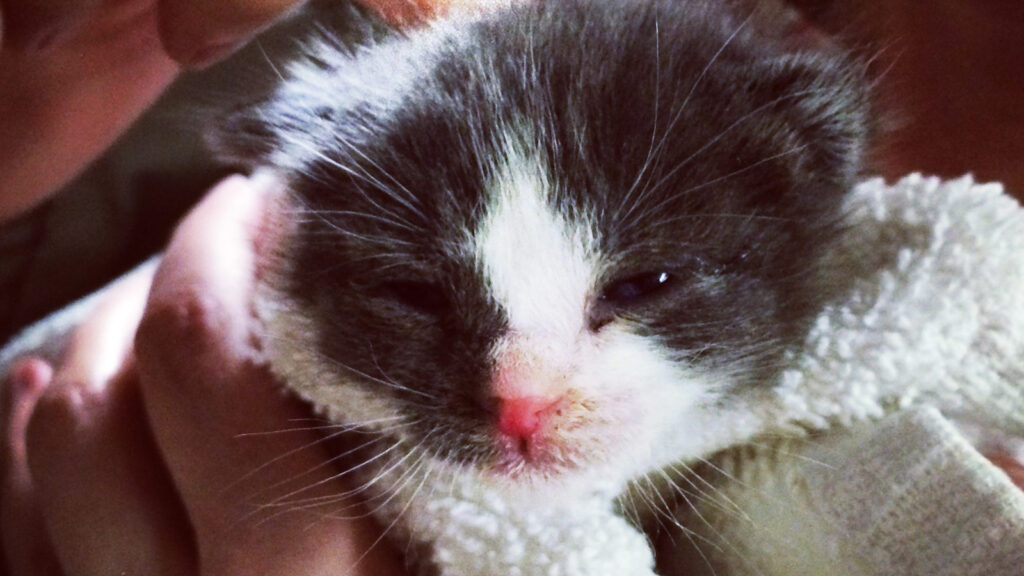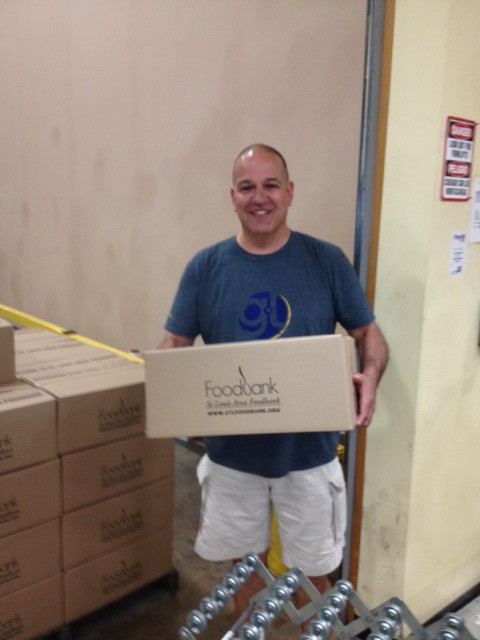Sixty-nine percent of contractors recently surveyed said they learn about new products at trends by attending trade shows.
A few months ago, Geile/Leon conducted this survey among home improvement/remodeling professionals, the results of which were published in our white paper, A Special Report For Home Improvement Product Manufacturers: The Big Payoff Awaits Those Who Invest In Their Contractors’ Businesses.

Our research concluded that manufacturers—at least those in the home improvement/remodeling sector — who invest time and resources in their customers’ (professional contractors) businesses through marketing assistance, can reap major benefits.
The survey of hundreds of home improvement professionals revealed several interesting trends. One noteworthy nugget came from the responses to our question, “How do you learn about new products or tools?”
That 69% response to the question was a bit of a surprise. After all, we are still doing business in a stagnant economy, and because of that you might think many companies could justify cutting trade show expenses.
Apparently not.
According to the Center for Exhibition Research, trade show attendance is growing and is expected to continue to do so through 2015.
Make no mistake: exhibiting at trade shows can be expensive. Staffing a booth is hard work, and walking the show floor is hard on your feet and back.
But from a strictly cost-benefit perspective, investing in a trade show booth still delivers benefits. Think about this: trade shows are the only marketing medium where people actually pay to come see you. And these face-to-face interactions offer tremendous opportunities to build relationships with customers and vendors, and to generate leads. Trade shows are also a great place for PR folks like me to interact with industry media, eager to write about what’s new in the industry.
I can personally attest to the popularity of trade shows for both exhibitors and attendees. In January, I attended the AHR Expo in New York City on behalf of a client. This show is billed as the World’s Largest HVACR (Heating, Ventilation, Air Conditioning and Refrigeration) Marketplace.
But three hours before the expo floor was to open on day one, it began to snow — and snow hard. In fact, nearly a foot of snow fell that day, as temperatures plummeted and winds gusted to 40 mph. Again, this is Manhattan we’re talking about — the heart of the nation’s most populous city.
But despite the snow, wind, cold and general inconvenience of it all, more than 43,000 visitors and 18,000 exhibitor personnel flocked to the Javits Convention Center. This was the highest registered attendance in the history of the exposition.
Getting to the convention center was a challenge, and leaving was an even greater one.
But it didn’t matter to those who came to do business, and that includes the industry writers and editors who covered the show, several of whom I persuaded to come by our client’s booth for a peak at a new product, and a brief interview with the marketing staff.
Despite the weather, everyone who exhibited or attended this trade show realized the positive ROI from being there. This is WHY they made the effort and investment.
To learn more about how we can help you maximize ROI from trade shows, just give us a shout.

 Coverage and support of this magnitude is achieved by a selfless staff of just over than 30 and more than 15,000 individuals that volunteer each year. The need continues to exist and whether you’re a group of 2 or 20, there are ways to help.
Coverage and support of this magnitude is achieved by a selfless staff of just over than 30 and more than 15,000 individuals that volunteer each year. The need continues to exist and whether you’re a group of 2 or 20, there are ways to help.